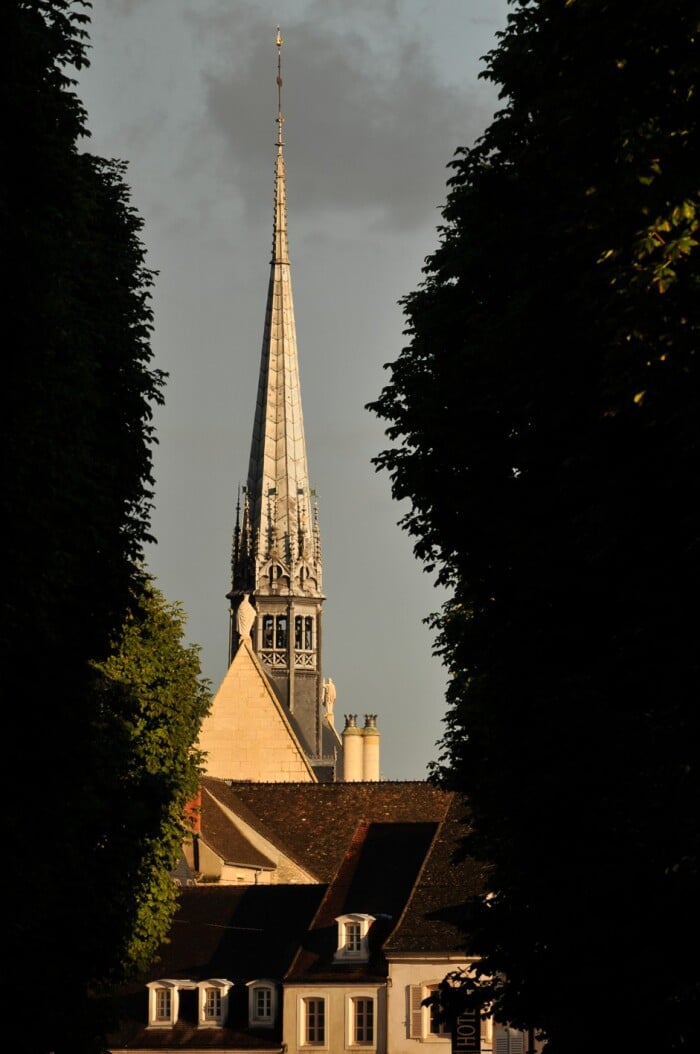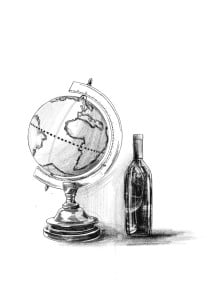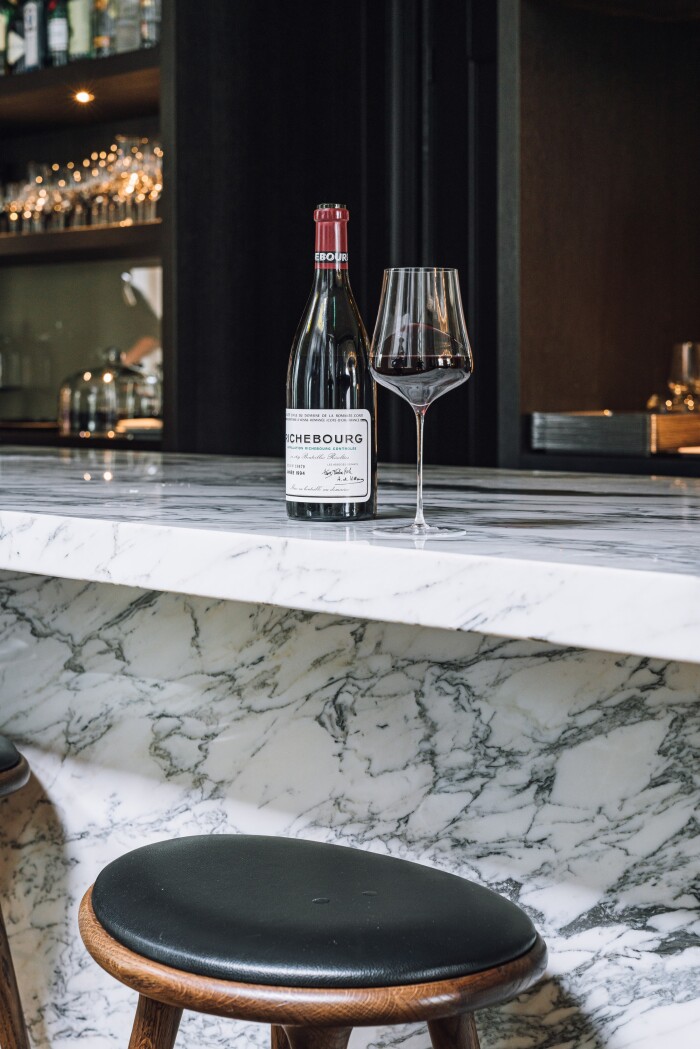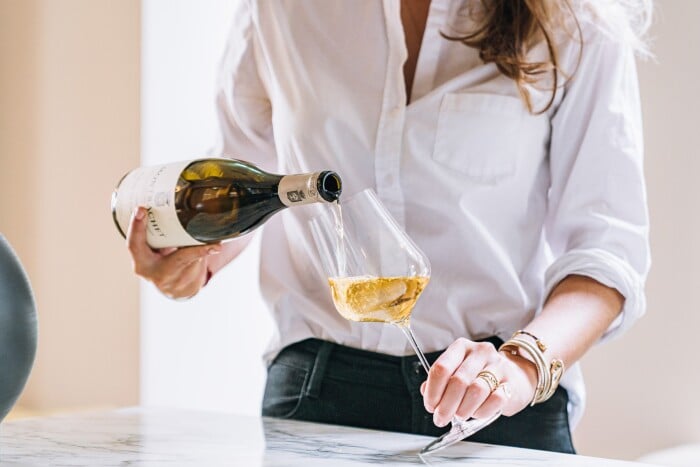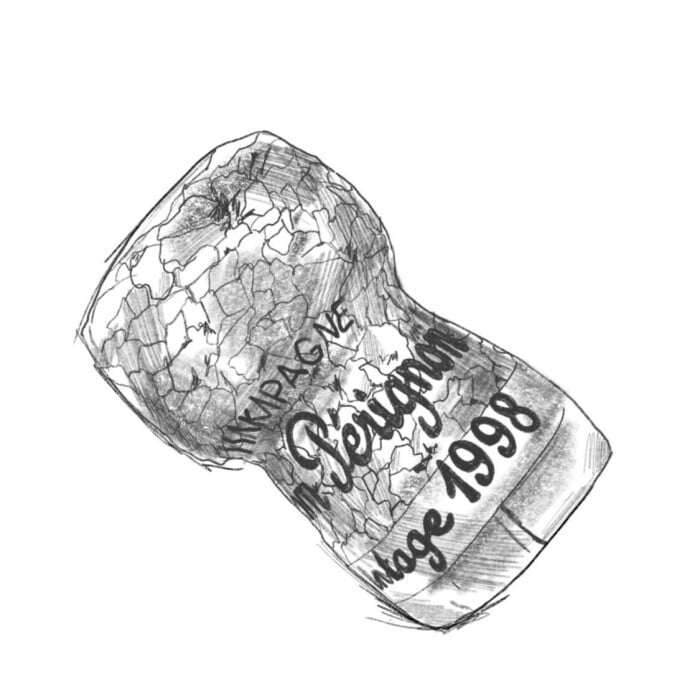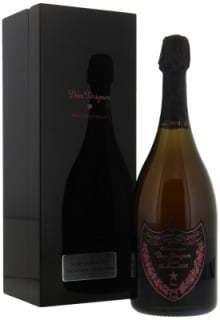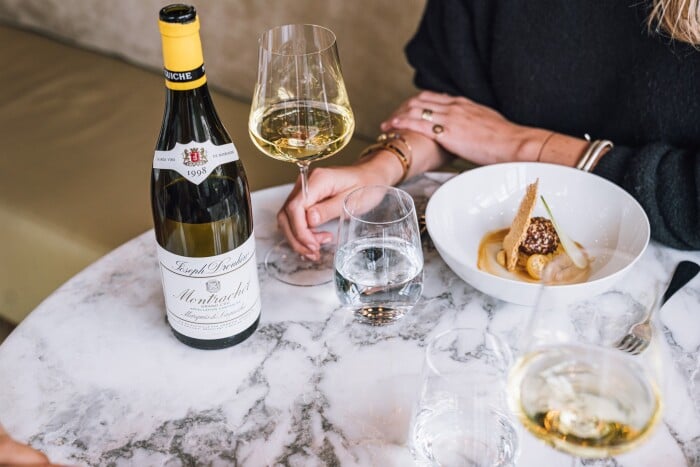French wine
French wine is seen as the traditionally better if not the best wine in the world. It is therefore often used by winemakers as a frame of reference for the quality of their own wine. Best of Wines, a specialist in exclusive wine, has been importing French wine since 1907, especially from Bordeaux and Burgundy, as these traditionally produce (some of ) the most beautiful wines.
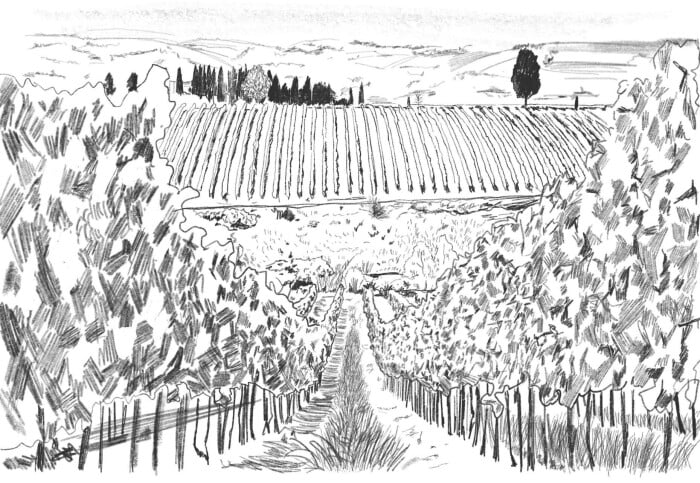
The best French wines
French wine is seen as the traditionally better if not the best wine in the world. It is therefore often used by winemakers as a frame of reference for the quality of their own wine. Best of Wines, a specialist in exclusive wines, has been importing French wine since 1907, especially from Bordeaux and Burgundy, as these traditionally produce the most beautiful wines.
Thus, the best French wineries come from Bordeaux and Burgundy, although more and more premium quality comes from the Rhone, Loire and Alsace, among other places. And that translates into consumer demand; both red and white French wine is extremely popular. The grape variety is also becoming less important when one opts for exclusive wine. The combination of the chosen wine and the accompanying dish, the wine-food combination, is now also playing an increasingly important role.
And besides the white and red French wine, there is of course also the sparkling French wine: the Champagne.
Best of Wines: Specialist in exclusive French wine
Best of Wines is a specialist in exclusive wine. We look for the best wines worldwide and include them in our collection. Besides wines from Europe, there are wines all over the world that can compete with the best wines from Europe, even though their so-called fine & rare wine culture is of much more recent date. Nevertheless, the wines with the most beautiful terroir characteristics come from France, particularly from Bordeaux and Burgundy. And that is recognised globally: regions such as Cote de Nuits, Cotes de Beaune, Chablis, Pauillac, Margaux, St. Estephe, St Julien, Pomerol and St Emillion are very well known.
Wine estates such as Chateau Lafite Rothschild, Chateau Margaux, Chateau Petrus, Chateau Cheval Blanc, Domaine de la Romanee Conti, Joseph Drouhin, Louis Jadot, Faiveley and Liger Belair have a worldwide market.










